Top Tools and Platforms for Cloud Performance Monitoring in 2025
- Nitin Yadav
- Knowledge
About

Compare the best cloud performance monitoring tools for 2025. Explore features, integrations, and use cases to choose the ideal solution for your stack.
Industries
- Cloud Performance Monitoring, Cloud Security, cloud security provider, SquareOps
Share Via
Introduction
As cloud-native systems evolve in complexity, monitoring them requires more than just basic uptime checks. Today’s businesses need deep visibility into performance metrics, real-time alerts, and seamless integrations across distributed systems. In 2025, cloud performance monitoring is no longer a luxury—it’s an operational necessity.
This guide presents a detailed comparison of the top tools and platforms for cloud performance monitoring in 2025. Whether you’re running workloads on AWS, Azure, GCP, or hybrid environments, these solutions can help you ensure high availability, reduce MTTR, and deliver exceptional user experiences.
Why Cloud Performance Monitoring Matters More Than Ever
- Minimize Downtime: Proactively detect and resolve performance bottlenecks
- Improve Customer Experience: Ensure fast response times across all services
- Support DevOps & SRE Goals: Enable CI/CD reliability and measure SLO compliance
- Manage Multi-Cloud Complexity: Centralized visibility across different platforms
Enable Auto-Scaling: Data-driven resource management
Evaluation Criteria for Choosing a Monitoring Tool
When selecting the right platform, consider:
- Data Collection Scope: Metrics, logs, traces, and events
- AI and Anomaly Detection: Noise reduction, predictive alerts
- Integration Support: DevOps tools, cloud providers, ITSM platforms
- Ease of Use: Dashboarding, report generation, learning curve
- Pricing Models: Per host, per GB ingested, per user
Top Cloud Performance Monitoring Tools and Platforms in 2025
1. Datadog
Best For: Full-stack observability across cloud-native environments
Strengths:
- Unified metrics, logs, and traces
- 600+ integrations including AWS, Azure, GCP
- AI-powered anomaly detection (Watchdog)
- Real User Monitoring (RUM) + Synthetic Testing
- Easy-to-build dashboards and role-specific views
2. New Relic
Best For: Developer-first organizations
Strengths:
- All-in-one telemetry platform (APM, Infra, Logs, Traces)
- Generous free tier
- Custom event APIs
- Code-level diagnostics
- Works well with modern DevOps pipelines
3. Dynatrace
Best For: Enterprises with complex infrastructure
Strengths:
- Davis AI for automatic root cause analysis
- Auto-discovery of microservices, containers
- Smartscape topology mapping
- Business impact analytics
- Kubernetes and OpenShift native
4. AppDynamics (Cisco)
Best For: Business-centric performance analytics
Strengths:
- Transaction snapshots and deep diagnostics
- Business iQ dashboards
- End-user monitoring
- Performance baselining for SLAs
- Enterprise integrations
5. Prometheus + Grafana
Best For: Open-source Kubernetes-native observability
Strengths:
- Time-series metrics with custom exporters
- AlertManager for flexible routing
- Grafana dashboards and visualizations
- Native support for service discovery
- Widely adopted in cloud-native ecosystems
6. Google Cloud Operations (formerly Stackdriver)
Best For: GCP-native infrastructure
Strengths:
- Logs, metrics, traces under one UI
- Auto instrumentation for GKE
- SLO creation and policy-based alerting
- Integrates with Google’s AI Platform and BigQuery
7. Amazon CloudWatch
Best For: AWS environments
Strengths:
- Deep AWS integration (EC2, Lambda, ECS, RDS)
- Logs Insights for powerful querying
- Contributor Insights for anomaly detection
- Custom metrics with minimal setup
8. Azure Monitor
Best For: Azure-first organizations
Strengths:
- Application Insights for full stack
- Log Analytics with Kusto Query Language (KQL)
- Service Map for dependency discovery
- Action Groups for automated remediation
9. LogicMonitor
Best For: Hybrid and multi-cloud visibility
Strengths:
- Agentless collection via APIs
- SaaS platform with 2000+ prebuilt integrations
- AIOps for trend detection
- Deep packet inspection
- IT workflow automation
10. Sentry (Performance)
Best For: Frontend and mobile app performance
Strengths:
- Real-time error tracking + transaction tracing
- JavaScript and mobile SDKs
- Session replay and user context
Lightweight and developer-friendly
Feature Comparison Table
Feature \ Tool | Datadog | New Relic | Dynatrace | AppDynamics | Prometheus | GCP Ops | CloudWatch | Azure Monitor | LogicMonitor | Sentry |
APM Support | ✅ | ✅ | ✅ | ✅ | ❌ | ✅ | ✅ | ✅ | ✅ | ✅ |
Log Aggregation | ✅ | ✅ | ✅ | ✅ | ❌ | ✅ | ✅ | ✅ | ✅ | ✅ |
Tracing | ✅ | ✅ | ✅ | ✅ | ❌ | ✅ | Limited | ✅ | ✅ | ✅ |
RUM/Synthetic | ✅ | ✅ | ✅ | ✅ | ❌ | ✅ | Limited | ✅ | ✅ | ✅ |
AI/Anomaly Detect | ✅ | ✅ | ✅ | ✅ | ❌ | ✅ | ✅ | ✅ | ✅ | ✅ |
Custom Dashboards | ✅ | ✅ | ✅ | ✅ | ✅ | ✅ | ✅ | ✅ | ✅ | ✅ |
Open-Source Base | ❌ | ❌ | ❌ | ❌ | ✅ | ❌ | ❌ | ❌ | ❌ | ✅ |
Multi-Cloud Ready | ✅ | ✅ | ✅ | ✅ | ✅ | ✅ | ✅ | ✅ | ✅ | ✅ |
How to Choose the Right Monitoring Platform
- Map Your Cloud Environment: Understand your architecture (cloud-native, hybrid, on-prem)
- Identify Key Metrics: What matters—latency, throughput, error rate, etc.
- Consider DevOps Integration: Will it work with CI/CD tools like GitHub, Jenkins, Terraform?
- Forecast Usage: Estimate costs based on data ingestion and retention
- Run a POC: Try multiple tools side-by-side in a trial phase
Conclusion
As cloud systems grow more dynamic and distributed, visibility becomes paramount. In 2025, choosing the right cloud performance monitoring platform is a strategic decision that affects uptime, customer satisfaction, and engineering efficiency. From open-source tools like Prometheus to enterprise platforms like Dynatrace, there’s a solution for every use case.
Evaluate your needs, test the tools, and build a monitoring foundation that scales with your infrastructure.
Let me know if you’d like this content repurposed into a PDF, whitepaper, or carousel post for social channels.
Frequently asked questions
Cloud performance monitoring is the process of tracking the speed, availability, and reliability of cloud-hosted services using observability tools.
Manual checks are not scalable. Tools help identify and resolve issues before users are impacted
Prometheus + Grafana are the most popular for K8s-native environments.
Yes. Tools like Datadog, Dynatrace, and LogicMonitor support multi-cloud visibility
Latency, error rates, CPU/memory, throughput, transaction time, and service availability.
It simulates user transactions to test performance from various regions and devices.
AI detects anomalies, correlates incidents, and reduces alert fatigue with smarter insights.
Yes, when properly configured and maintained. Combine with security tools for best results.
Most use subscription models—per host, per GB of data, or per feature set.
Start with an audit of your current systems, define critical SLIs/SLOs, and choose a tool aligned with your tech stack.
Related Posts
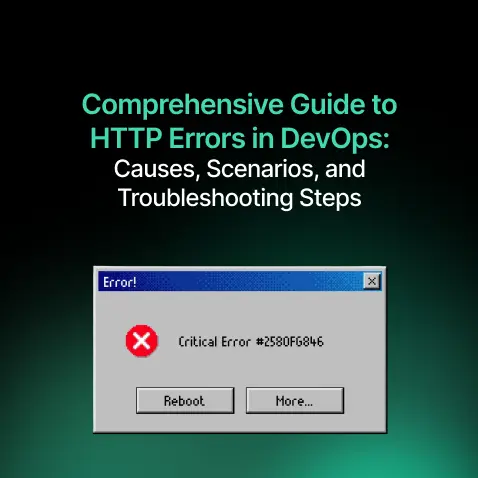
Comprehensive Guide to HTTP Errors in DevOps: Causes, Scenarios, and Troubleshooting Steps
- Blog

Trivy: The Ultimate Open-Source Tool for Container Vulnerability Scanning and SBOM Generation
- Blog
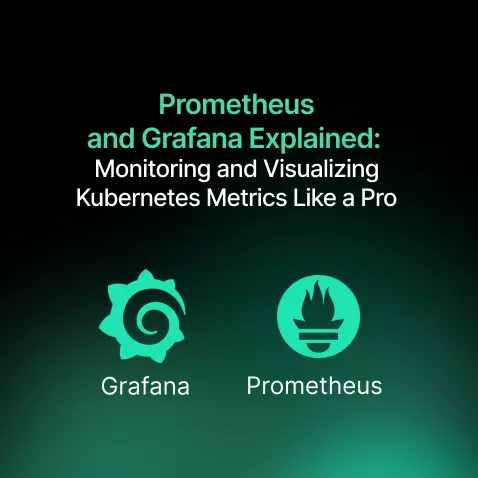
Prometheus and Grafana Explained: Monitoring and Visualizing Kubernetes Metrics Like a Pro
- Blog
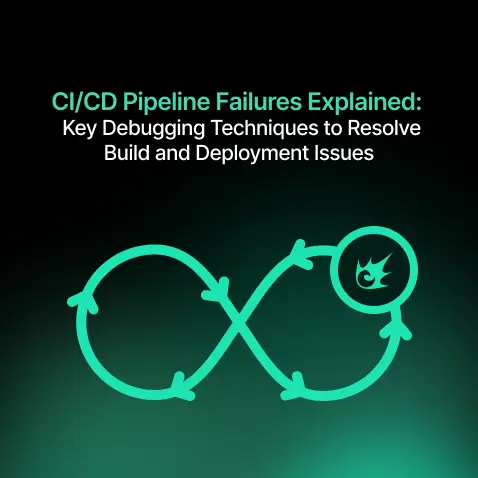
CI/CD Pipeline Failures Explained: Key Debugging Techniques to Resolve Build and Deployment Issues
- Blog
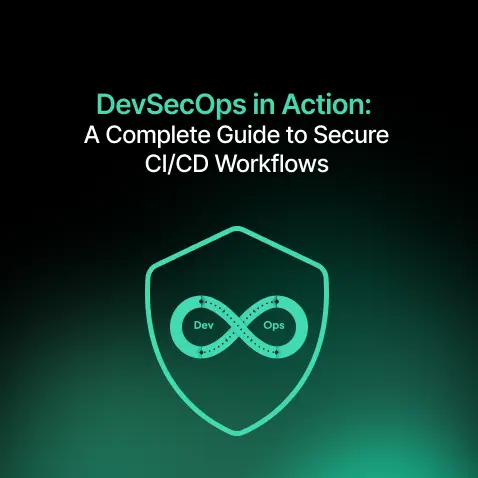
DevSecOps in Action: A Complete Guide to Secure CI/CD Workflows
- Blog
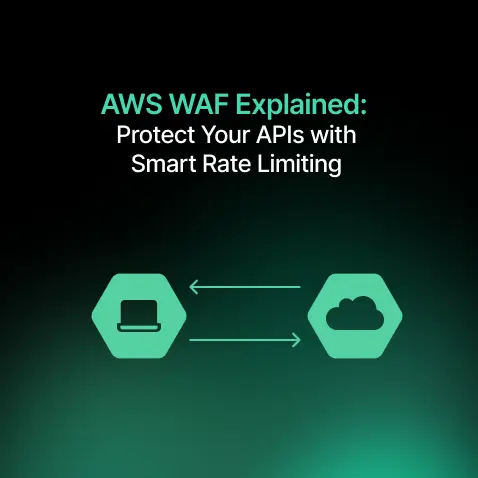
AWS WAF Explained: Protect Your APIs with Smart Rate Limiting
- Blog

